WEEK 9
Jehan – Production:
We’re officially done with Halves! Our presentation went off without a hitch and we received some great feedback from the faculty and student body of the ETC. Based on this feedback, we’ve realized we could be clearer about a couple things in particular: why augmented reality is the ideal platform for our product, and our plan for delivery. I had a chance to discuss both of these points in our meeting with Bill after our presentation, as we have worked out the details and plan moving forward. I’ll break down some of the reasoning why:
Mobile AR is the ideal platform because..
-
Cost/Safety Solution to Showcase the NRL:
- Real-life bots and all of the equipment, arena, and safety precautions needed to accommodate them is INCREDIBLY expensive.
- Our experience enables the NRL to showcase their brand in a safe, cost effective, and scalable manner.
-
-
- All of the fun and excitement of the NRL without any of the cost and danger.
-
Promotional Tool:
- Our project enables the NRL to promote themselves through a new interactive medium that previously had not existed.
- Bill is especially excited to be able to demo a battle to kids and manufacturers at youth/business conferences.
-
-
Unique Demo Experience:
-
- There are few alternative interactive ways to demo the NRL at conferences and across the nation.
Our plan for distribution is…
Our finished deliverable will be released to TestFlight, after which Bill will hire a third party to push it out on the app store. The NRL doesn’t have an online presence in the App Store, so part of this will involve the NRL being registered as a developer with said hired help. We will have to coordinate with a Bill to refer him to a viable and cost effective Third party, which I am sure that we can find within the ETC.
Trisha – Prototyping and Design:
Collaboration with the UI Designer:
This week’s prototype and testing was based on the showcase part of our experience.
As you can see from the video, it is a 3 step process:
- Display names of individual components.
- Open up the bot to see the individual components and insides of the bot.
- Descriptions for these individual components.
This was playtested on Sunday (10/29/2018)
Playtester Name: Harrison
Gender: Male
Age: 11 years old
Comments:
- Thought it was really cool to see the bot laid out in front of him
- Wanted to be able to modify the bot he was battling with in the showcase mode (“I wish I could add components to my bot”)
- Really wanted to choose the colors of the bot and name it.
- When asked, said Height was comfortable – not an issue
- Said there was too much text on the screen
Based on the playtest and the design team’s observations, we are going to make a different version of this prototype with the following changes:
- Description information will only be displayed when you’re closer to the component.
- Height of the bot needs to be adjustable.
Collaboration with the Programmer:
Games like Robot Arena have been one of the games that we studied during our research phase. One thing that we thought we could improve from the battle part of that game was the feedback system.
As you can see from the above gif, the current feedback system that they have includes an explosion and then the component vanishes.
We wish to incorporate what actually happens in an arena. The component falls off and now becomes a hindrance as it simply lies on the arena floor.
Inorder to have this in the game, the following system was created:

Parameter values for Bot 1
Every component has a strong and a weak point.
For example, let’s take a look at the shield.

Strong:
- The shield is what protects the wheels. Each shield has a health bar depending on what component it’s made out of.
- Once the shield falls off, the wheels are exposed.
- If wheels (they have their own health bar) get damaged, your bot is immobilized and you lose the competition.
Weak:
- Depending on the material, the bot’s weight will vary.
- A heavier bot will move slower and a lighter bot will move faster.
Once this system has been coded, we can start testing out the values and start tweaking them to create a balanced battle.
Week 9 Example Text.
Nicole – UI & UX:
Week 9.
Kang – Art:
Week 9.
Guanghao – Programming:
This week we have nailed down the basic code framework. We are going to use component based system to construct our code. We take this for 2 reasons: 1. We can now have more combination from different components instead of being limited by the whole bots. This allows children to sort of creating their own bot. 2.we can reuse those code for different purpose, we can apply the code for both “tutorial battle” and “free battle” without changing to much. That also ensure we have a robust code base and easier for us to debug.









